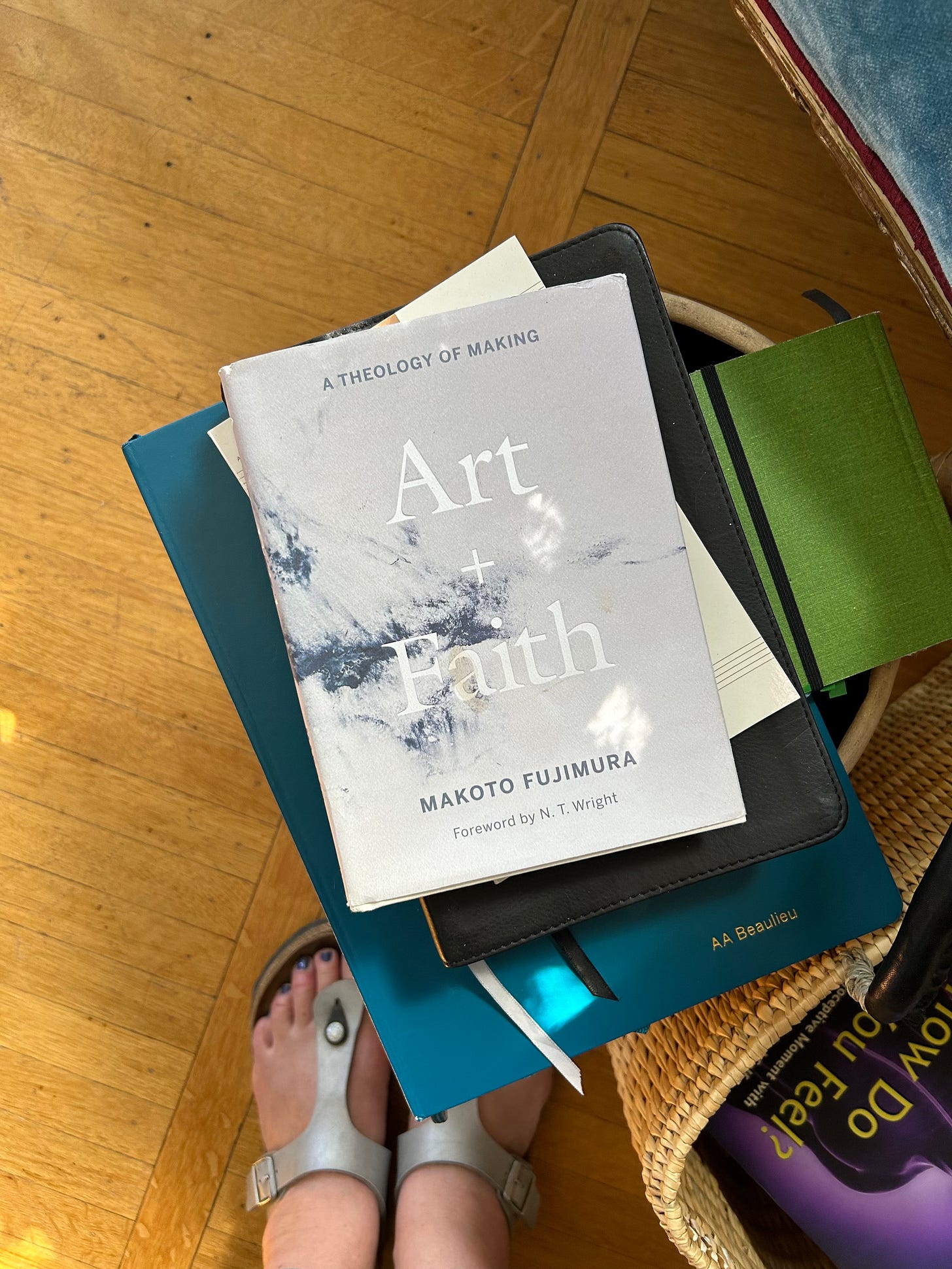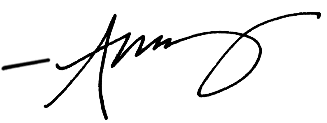Sixteen years ago began the worst time of my life, living through the aftermath of my husband’s fatal backcountry accident in Emigrant Wilderness north of Yosemite. And yet somehow, three years later, also began the best phase of my life.
At my friends’ kitchen bar in Burlingame, I drank “Paul pours” of Chardonnay and regaled them with my “young widow” dating woes. Two years in, Susan and Paul told me about “a really great guy in Montana” but I dismissed it. I saw my future like a jigsaw puzzle—Location? Check. Nice home? Check. Career? Check. The only missing piece was the guy and he would be found among my friends and colleagues in tech and venture capital which was not in Montana.
But then, on my second summer visit to Montana, three summers after Christopher’s death, I met him. And shortly thereafter went from this:
to this:
Thanks to Susan and Paul, Betsy and Peter, Rick and Julie, Carol and Bill, and everyone else who bouyed us in life, we found each other. One thing we knew for certain, we didn’t want to be apart!
And yet there was a time when I thought, no way will I be with another guy who loves the outdoors. After the accident, the guys from church came over and took all the gear and camping stuff from our garage—”Please make it go away,” was all I said. And yet, who do I fall for? Lawrence. An international climbing and fishing guide who befriended Susan and Paul the day he knocked on their door in Gateway to ask if he could bring his elderly anglers to fish their pond. They had known the “really great guy in Montana” for ten years before they hosted the barbecue where we met.
From that day forward, Lawrence encouraged me to live without fear and from the heart—what I had needed my whole life! All I have left to say today is, thank God we don’t answer our own prayers.
cherry galette
Excerpt from my August 26, 2011 blog post, Cherry Galette, a few days after meeting Lawrence and returning home to Hillsborough to power through one last Oracle Open World in September:
A charming 100 year old farmhouse outside of Bozeman Montana provided the beautiful location. Guests were arriving at 6:30 for dinner and Paul was in charge of the food, that’s how we like it. Wine? Check. Beautiful table? Thanks, Susan! Dessert? That’s my department. After a day spent outdoors on the gorgeous land, nothing felt right except making a down-home dessert. Something using what we had on hand in the kitchen which, lucky for me, happened to include a bucket of freshly picked cherries from caretaker, Jim, a bag of Gold Medal flour tucked back in the pantry, sugar, and butter. A wine bottle served as my rolling pin.
Since, I have updated my Cherry Galette and pastry recipe which is great for any season. Make it when you have time and stash three rounds in the freezer; they defrost nicely overnight in the refrigerator. I envision making fall galettes with plums and pears, what are you looking forward to baking this season?
more breathing room
“A beautiful morning to set one free” is how I captured the moment in my Instagram story last Thursday. We had driven from Bozeman to Santa Barbara over the prior two days and were a few hours away from helping Calvin move into the dorm at UCSB. I got up early and walked to Dart Coffee and had a few minutes to myself with my notepad. I was feeling a twinge guilty for not having posted the “3 times per week” I had committed for my Substack and then it hit me—I don’t want to make this a chore, a gotta-get-it-done churn.
I want my Substack to be a place of depth and connection. I want it to flow from living my days with presence and attention. And I want it to be good for you too, whether you come for the encouragement towards cultivating a positive relationship with food and body, or for the cooking, or because maybe you just like me. (Awwww, shucks!)
I’m in transition from high-anxiety, too-busy, too-much living. Still. It has been twelve years since I moved to Montana to start my new life with Lawrence. It’s funny though, you can’t escape your personality, and I’m a type-A. At least now I’m able to feel and notice (since I’m not completely distracted by never-good-enough overdoing and controlling every bite I eat), and can pause my old tendencies, allowing myself a little breathing room. From this place the beauty can happen.
culture care and being a little-’a’ artist
This is a wonderful book, Art + Faith; A Theology of Making by Makoto Fujimura. My copy is dog-eared, coffee stained, written in, and marked with tabs. There’s so much good in here if you’re curious about living a deeper, more meaningful life. It all comes down to whether you’re making or stuck in “fixing.” Upshot: We are all little-’a’ artists empowered by the Holy Spirit, the big-’A’ artist—THE Artist—to generatively create with, and through, the fruit of the Spirit.
“It is time for us all to taste the actual fruit of the act of making. The act of making is the antidote to our current malaise, to the collapse of communication that has resulted, in the words of David Brooks, in ‘a rapid, dirty river of information coursing through us all day,’ resulting in the need for ‘an internet cleanse.’” p. 24
“God did not build us as survival machines that would function like clockwork; we are creatures of magnificence and imagination, made in the image of God. We are not like horses that are being trained to jump higher and higher, or do useful things such as pull a heavier load. Instead, we are, as C.S. Lewis puts it, horses that have grown wings. We do not need to be trained to jump higher and higher to move along our trajectory of morality; we need to learn to use our wings to reach an altitude with a greater vista of Making.” pp. 78–79
“Psychiatrist Curt Thompson told me once that the brain works ‘bottom to top, and right to left.’ One way human beings learn, he said, is by applying the experiential, the affective, to rationality (‘right brain’ to ‘left brain’—as much as this notion is contested today in scientific circles). We also learn through tacit knowledge gained from our senses and bodies and then integrated into our rational knowledge (‘down-up’). He told me that today, in schools and churches, we communicate ‘left to right, and top to bottom’—the very opposite of the natural, effective paths to ‘knowing.’” p.89
“Again, this book asks: What if we journeyed into theological thoughts through the act of making, rather than strictly from rational and propositional theological information? What if we understood theology and the Christian gospel through caring for our souls and our environs?” p.89
“William Blake once wrote, ‘A Poet, a Painter, a Musician, an Architect; the man or woman who is not one of these is not a Christian.’ …This is the paradox Blake was addressing. Unless we become makers in the image of the Maker, we labor in vain. Whether we are plumbers, garbage collectors, taxi drivers, or CEOs, we are called by the Great Artist to co-create.” pp. 90–91
“At the beginning of the twentieth century, the philosopher William James noted something very important: ‘Truths emerge from facts, but they dip forward into facts again and add to them; which facts again create or reveal new truth (the word is indifferent) and so on indefinitely.’ James was affirming a generative path toward knowledge. This is the type of pragmatism that led to advances in the arts and sciences during the twentieth century. It is quite different from utilitarian pragmatism, a dogma that bases all value judgments on the one consideration: usefulness. … True pragmatism, defined by James, also assumes the abundance of God’s world to sustain us beyond our ‘usefulness.’ In order for us to move beyond our utility, we need to stop regarding as the center of our being what we do to be useful and recognize that who we are in relationship to the center, God, is more important.” pp.93–94
“In a world of sanctified imagination, we will come to see dominion over the earth as based not on power and domination, but on loving stewardship. Such ‘finding’ of our place is akin to what Wendell Berry has been noted to have said, that when he approaches a land, he does not ask, ‘What can I take from the land?,’ but instead asks the land, ‘What do you need?’ Our needs, and our lack, are linked with the land.” p.100
Oh my, it’s so hard to stop quoting and to pick out just the right ones. If any of this resonates with you, treat yourself to the book and check out Makoto’s project, Culture Care. Thank you for being here and for subscribing, it makes my heart sing (especially when you take the time to comment or write!)
Bye for now.













♥️♥️♥️
My favorite quote from your article is the Wendell Barry one where he suggests asking the land what it needs. I think much the same way when I go hiking in the forest down the street. Trees - you are here for me every day, never wavering, providing shade and wisdom, what can I share with you? I so loved reading your reflection. Thanks for sharing, Alison